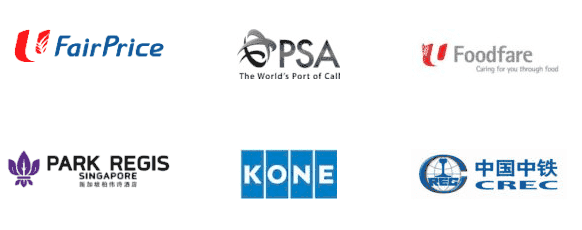Suppose you are starting a business or thinking of doing so. In that case, you will eventually have to start sourcing for capital through business financing. Contrary to many beliefs, even large organisations seek financial investment to meet short-term obligations at times.
Knowing the best-suited funding model for small businesses, especially startups, is highly necessary. Making the wrong choice of funding might lead to you losing a part of the company or being stuck in an impossible repayment routine that might halt the growth of the company for a long time.
This article will briefly explain the different types of funding options out there, the advantages and disadvantages involved.
Debt Financing
Similar to mortgage and car loans, debt financing is loans that derive from a bank or any form of financial institute. When you decide you need financial backing, the bank might require some checks on your credit. For businesses that operate on a more complex corporate structure or have been around for quite some time, banks will often check along with the business credit history, its financial books, and an audit of records.
The advantage of debt financing is that the lending institution does not own any part of your company. Once the loan has been repaid, the relationship is over. Also, any interest incurred during repayment of the loan can be considered tax-deductible under business expense.
The disadvantage of debt financing is that your company requires a steady flow of earnings as debt payment adds to business expenses. Startups might not experience such certainty in their early stage.
Equity Financing
Equity Financing often called “angel investors” or “venture capitalists”, means that the financial backing your business requires comes from investors who are interested in the service or product you provide. An angel investor is usually an individual who is rich and would like to invest a small amount into a product or service instead of starting a business. These investors are ideal for companies that deal with software development and require quick funding. Angel investors prefer to make fast and straightforward deals.
On the other hand, a venture capitalist is usually an organisation consisting of partners, lawyers, investment advisors, and accountants. They often deal with investments in millions. This kind of investor is ideal for any business since they fund a considerable sum of money. However, their investment process is slow and often complicated, which might not suit businesses that require quick and immediate funding.
The main advantage of equity financing is that you do not have to repay your investors. Your investors become a part of your company stakeholders. If your business loses money, their money is lost alongside the business.
The most significant disadvantage is that the more prominent and riskier the investment is, the more stakes the investor will want to own, meaning you might have to give up more of your company.
Mezzanine Capital
This source of funding combines the best of debt and equity financing. There is no fixed structure to this particular type of financing. However, the lending institution can convert the debt loan to an equity interest if the loan is not paid on time or whole.
The essential advantage of this funding source is that it is beneficial for young companies that have shown substantial growth with steady financial data. Mezzanine Capital is reflected on the company’s balance sheet as equity, which attracts future loans or investors.
The key disadvantage is that the interest rate is higher as often lender places the company as a high-risk investment. Because of that, most lenders would expect a 20 to 30 per cent return.
Funding from loved ones or close circles
Suppose your business requires a minor funding boost. In that case, you might want to consider asking from your immediate social circle consisting of family and friends. It’s always easier to approach people with whom you are familiar and believe in your business. All you need to do is to settle on an appropriate repayment plan.
Conclusion
Funding is essential when starting a business. While you may want to get it as soon as possible, it is also important to note not to rush into a finance plan that your business cannot keep up with. Careful planning is required to find out which best suits your needs. Ackenting Group provides award-winning accounting and booking services and advisory solutions for all your business needs. We partner with several independent corporate financing advisors to help your business get better and deserved financing help more accessible and faster.
If you require any assistance on accounting services, feel free to drop us an email at johnwoo@ag-singapore.com or contact us at +65-66358767. At Ackenting Group, we offer a complimentary 30 minutes online consultation for us to better understand your business requirements.














